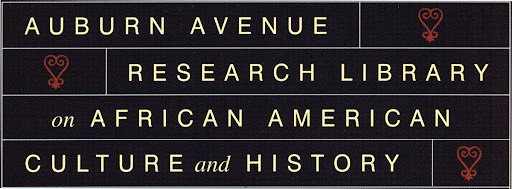 Archives preserve collections of documents, records, and manuscripts that hold some level of historical interest. This can include documents of national importance, such as the Declaration of Independence, down to a local company’s financial records. However, one of the most interesting types of collections that can be found in an archives is that of the common person. As an archivist-in-training, I have the opportunity to access these pieces of history as well as to learn how to handle them and preserve them properly. According to fellow intern Sarah Warren, that is why she chose the archival field of history as her career path. “I realized that I have the chance to maintain documents, letters, and photographs,” she notes. “To have direct contact with personal stories as a full-time job seemed too good to be true.” By training how to be archivists and public historians, we can organize these documents created by everyday people and give them a value and voice that they may not have otherwise. (Right: photographs, Archives Division, AARL.)
Archives preserve collections of documents, records, and manuscripts that hold some level of historical interest. This can include documents of national importance, such as the Declaration of Independence, down to a local company’s financial records. However, one of the most interesting types of collections that can be found in an archives is that of the common person. As an archivist-in-training, I have the opportunity to access these pieces of history as well as to learn how to handle them and preserve them properly. According to fellow intern Sarah Warren, that is why she chose the archival field of history as her career path. “I realized that I have the chance to maintain documents, letters, and photographs,” she notes. “To have direct contact with personal stories as a full-time job seemed too good to be true.” By training how to be archivists and public historians, we can organize these documents created by everyday people and give them a value and voice that they may not have otherwise. (Right: photographs, Archives Division, AARL.)Archival study can serve as a branch of public history because, as archivists, we are trained to preserve historical documents for public access. We learn preservation and processing techniques and put them to practical use in the public forum so that researchers can use these historical items for years to come. Archives serve a similar purpose as a museum: they maintain documents of the past for the benefit of the present and future. Shannon Danielle Smith, another University of West Georgia intern, considers the idea of “putting history into practice in the public field, rather than inside a classroom” the best part of being a historian.
The University of West Georgia’s Public History Program gives both undergraduate and graduate students the opportunity to take classes and learn how best to present historical information to the public. We are trained not only to teach, but also to interpret and exhibit. Graduate students have the opportunity to earn a Museum Studies Certificate, which offers classes in conjunction with the Atlanta History Center and trains in all aspects of museum careers: exhibits, collections, administration, and education. The archival branch of the public history program offers courses in basic theory and management as well as an advanced practicum, which offers hands-on experience in the Archives Division at the Auburn Avenue Research Library. Through classes, internships, and research assistantships, we have the chance to work directly within our field so that we are prepared to pursue a career in promoting history to the public in museum and archival settings.
 Through graduate internships, I have had access to rare books and artifacts that I never thought I would have access to. An education in archival and historical preservation involves handling history in a way that not only enriches our studies but also our passion for history. Archives offer direct contact with history itself, whether it includes perusing a personal collection like that of James Bryant Smith, or researching the Georgia Political Heritage Collection at the University of West Georgia. Entering the professional field of public history means that I will get to share that passion with the general population on both local and national levels. The work that I am being trained to do behind the scenes creates an accessible way for the public to interact with history on a hands-on, personal level that reaches beyond looking at a museum exhibit through plated glass. (Left: rare book by Phillis Wheatley, Archives Division, AARL.)
Through graduate internships, I have had access to rare books and artifacts that I never thought I would have access to. An education in archival and historical preservation involves handling history in a way that not only enriches our studies but also our passion for history. Archives offer direct contact with history itself, whether it includes perusing a personal collection like that of James Bryant Smith, or researching the Georgia Political Heritage Collection at the University of West Georgia. Entering the professional field of public history means that I will get to share that passion with the general population on both local and national levels. The work that I am being trained to do behind the scenes creates an accessible way for the public to interact with history on a hands-on, personal level that reaches beyond looking at a museum exhibit through plated glass. (Left: rare book by Phillis Wheatley, Archives Division, AARL.) Posted by Tiffany Luoma, University of West Georgia Intern
















